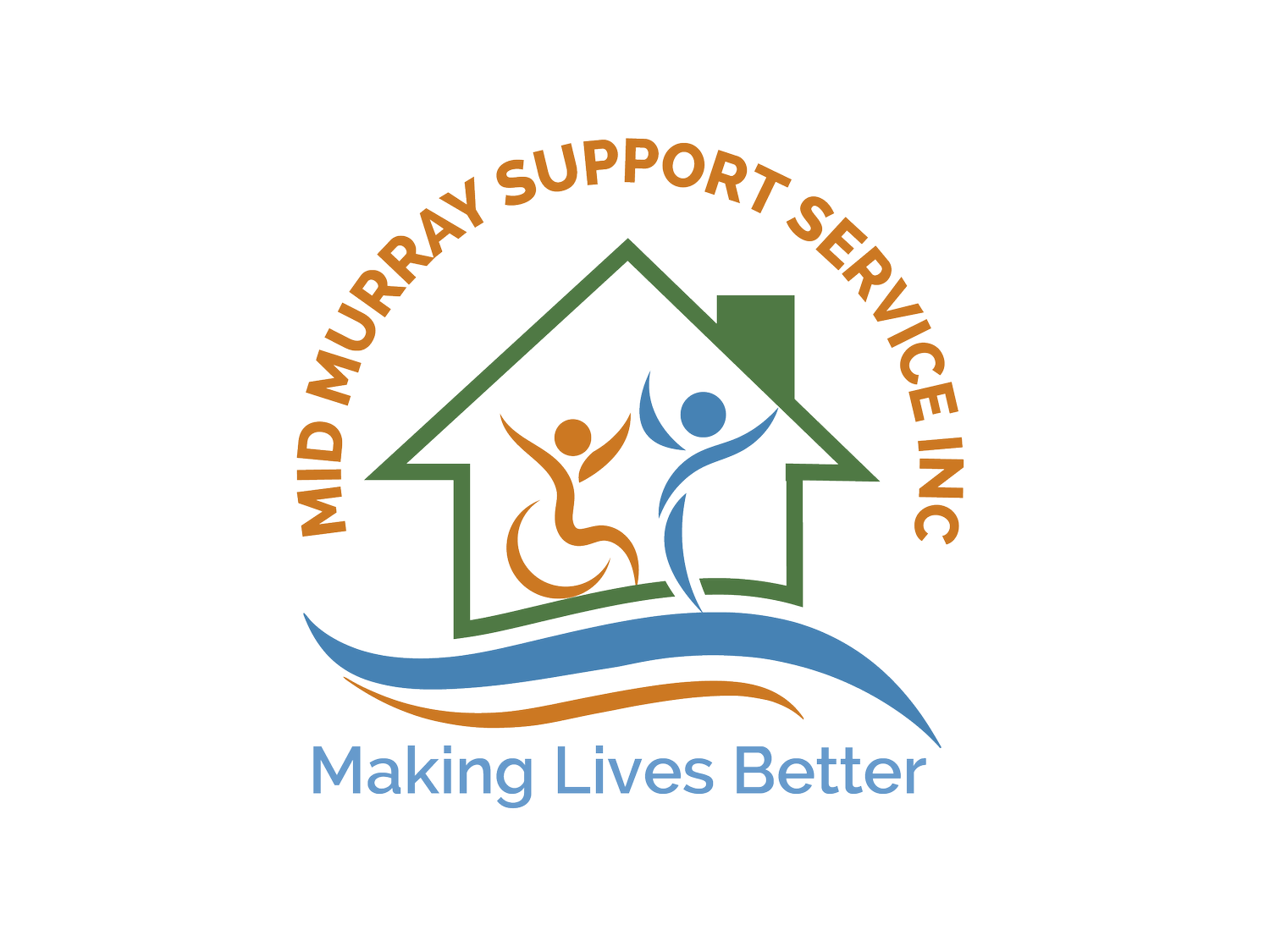Recognising the Signs: How to Spot a Stroke or Heart Attack and Take Immediate Action
Recognising the early signs of a stroke or heart attack is crucial for prompt medical intervention, which can significantly improve outcomes and save lives. Understanding these symptoms empowers individuals to act swiftly, ensuring timely medical care.
Disclaimer: The information provided in this blog is sourced from reputable Australian health organisations, such as the Heart Foundation and Stroke Foundation. Mid Murray Support Service is not a medical provider, doctor, or specialist, and this article is for informational purposes only. Always seek advice from a qualified healthcare professional regarding any medical concerns.
Recognising the Signs of a Stroke
A stroke occurs when the blood supply to part of the brain is interrupted or reduced, preventing brain tissue from getting oxygen and nutrients. Brain cells begin to die within minutes, making immediate medical attention vital.
The acronym FAST is a helpful tool to identify common stroke symptoms:
Face Drooping: Is one side of the face numb or drooping? Ask the person to smile; a lopsided smile indicates potential weakness.
Arm Weakness: Is one arm weak or numb? Ask the person to raise both arms; if one drifts downward, it may be a sign of weakness.
Speech Difficulty: Is speech slurred or hard to understand? Ask the person to repeat a simple sentence to check for clarity.
Time to Call Emergency Services: If any of these signs are present, call emergency services immediately.
Additional symptoms can include sudden confusion, trouble seeing in one or both eyes, difficulty walking, dizziness, loss of balance or coordination, and a severe headache with no known cause.
Source: strokefoundation.org.au
Recognising the Signs of a Heart Attack
A heart attack, or myocardial infarction, occurs when blood flow to the heart is blocked, often by a buildup of fat, cholesterol, and other substances, forming a plaque in the coronary arteries. Recognising the symptoms early and seeking immediate medical attention is crucial.
Common symptoms include:
Chest Discomfort: Most heart attacks involve discomfort in the centre or left side of the chest that lasts more than a few minutes or goes away and comes back. It can feel like pressure, squeezing, fullness, or pain.
Discomfort in Other Areas: Pain or discomfort may radiate to one or both arms, the back, neck, jaw, or stomach.
Shortness of Breath: This can occur with or without chest discomfort.
Other Signs: Breaking out in a cold sweat, nausea, or light-headedness.
It's important to note that symptoms can vary between men and women. Women are more likely to experience shortness of breath, nausea or vomiting, and back or jaw pain.
Source: heartfoundation.org.au
Immediate Action Saves Lives
If you or someone else is experiencing any of these symptoms, it's imperative to call emergency services immediately. Do not attempt to drive yourself or the person to the hospital; emergency medical services can begin treatment en route, which can be lifesaving.
Being aware of the signs and symptoms of stroke and heart attack and acting quickly can make a significant difference in outcomes. Educate yourself and others to recognise these critical warning signs.
For more detailed information, you can refer to resources provided by the Heart Foundation and the Stroke Foundation.


